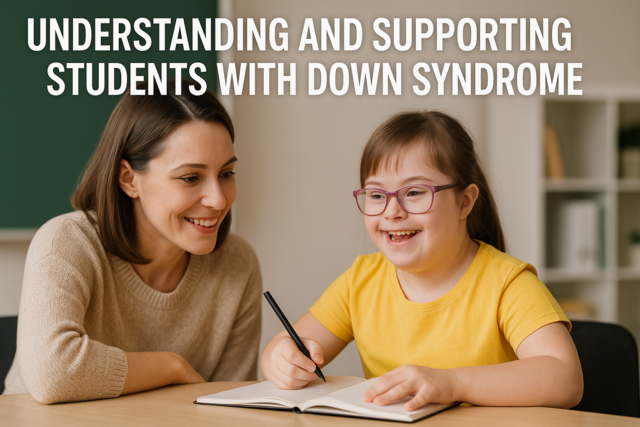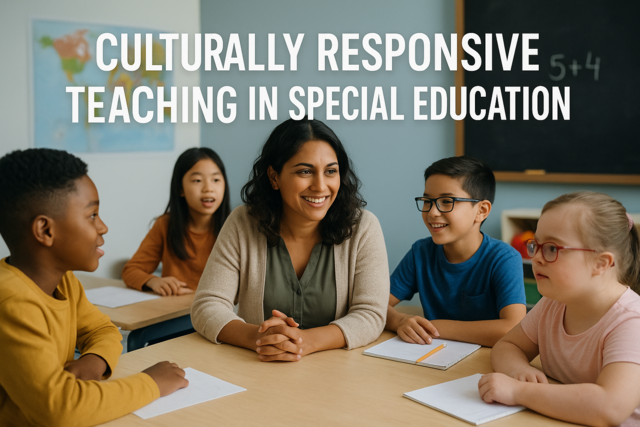Online Class: Bridging the Gap — Special Education and General Education Collaboration

-
15Lessons
-
22Exams &
Assignments -
4Hours
average time -
0.4CEUs
Course Description
Imagine a classroom that not only meets the needs of every student but also celebrates their differences, turning those distinctions into strengths. Welcome to "Bridging the Gap: Special Education and General Education Collaboration," a transformative course poised to reshape how you view education and, ultimately, how you teach. This isn't just another class to fill your schedule or tick off a professional development requirement. Rather, it's a journey that will open your eyes and heart to the limitless potential within every child and every lesson.
Picture walking into a classroom where every child—whether they learn at a different pace, speak a different language, or experience the world through a unique lens—feels seen, heard, and understood. This is the vision we'll help you build, a collaborative utopia where general and special education seamlessly merge to craft a learning environment rich with diversity, innovation, and boundless opportunity.
The pillars of this course derive from groundbreaking laws, inspirational teaching methods, and the shared passion of educators who refuse to let students slip through the cracks. We'll start by diving deep into the story of special education legislation. Legislation is not just a set of rules and guidelines; it's a chronicle of human rights victories and the relentless quest for equality. As you uncover these legislative landmarks, you'll understand how the scaffolding of laws like IDEA and ESSA are not only about access but about transforming educational spaces into sanctuaries of equal opportunity.
Navigating Individualized Education Programs (IEPs) will no longer feel like an exercise in legal red tape. With our guidance, you'll see the IEP as a canvas upon which you paint a personalized path to student success. Armed with a rich tapestry of professional insights, you'll learn to create learning paths etched with inclusivity and growth. Our approach ensures that you remain compliant without losing sight of the vibrant human stories behind each document.
We emphasize the power of culturally responsive teaching strategies to dismantle educational barriers. Imagine classrooms where all students' cultural identities are not only acknowledged but form the cornerstone of interactive and engaging curricula. We'll show you how to weave these perspectives into daily lessons, extending empathy, and understanding within your classroom walls.
While we champion cultural fluency, we also recognize the magic that happens when special and general education teachers unite. There is immense power in co-teaching models and the strategic use of technology. Together, you will foster an ecosystem where every child's potential is nurtured and celebrated. These dynamic partnerships will light up your teaching methods, allowing you to rethink instructional strategies that meet students where they are and gently guide them to where they can be.
Unlock the door to inclusive learning environments with differentiated instruction and assistive technologies. Gone are the cookie-cutter approaches; here, you'll learn to tailor your methods to support every student's unique learning journey. By understanding and implementing Universal Design for Learning principles, you'll deliver teaching experiences that catch every learner in an inclusive embrace, fostering growth, resilience, and academic success.
Our course emphasizes more than just pedagogy; it bridges the gap to effective partnerships with families. We empower you to collaborate with the most important allies in your students' lives, forging relationships that support robust academic and social development. Together with families, you'll create educational experiences that are enriched by diverse perspectives and unwavering support.
By the end of this course, you won't just be an educator; you'll be an architect of inclusive excellence, adept in using data-driven strategies to empower your students and enhance the classroom experience. You'll leave with not just theoretical knowledge but actionable strategies to turn every classroom interaction into a transformative experience.
Every student is a bridge yearning to connect their unique gifts with the world. As you walk with us through this course, you'll gain the skills to pace confidently across that bridge—unifying, enriching, and elevating every learning experience. Embark on this journey with us. Transform your teaching. Transform their future. Because this isn't just an online course; it's the key to redefining what it means to truly educate.
- Business
- Business Ethics Courses
- Harassment Prevention Courses
- Human Resources Certifications
- Management
- Aromatherapy Courses
- Caregiver Courses
- Career Development Courses
- Communications Courses
- Confidence and Self Esteem Courses
- Healing
- Human Anatomy Courses
- Medical Skills
- Health & Medicine
- Nutrition
- Marketing
- Microsoft Office Certification Courses
- Life Coaching Courses
- Self-Improvement
- Small Business Certifications
- Safety
- Writing Improvement
- Business Writing Courses
Course Lessons
Lesson 1. Legislative Landmarks: How Special Education Laws Foster Collaborative Classrooms
 Review Practice Worksheet: Lesson-1-Activity-17437.pdf
Review Practice Worksheet: Lesson-1-Activity-17437.pdf Lesson discussions: Reasons for Taking this Course
Lesson discussions: Reasons for Taking this Course Assessment: Lesson 1 Review Exam
Assessment: Lesson 1 Review Exam
Lesson 2. Decoding the Legal Terrain: Navigating IEPs for Enhanced Educational Collaboration
 Review Practice Worksheet: Lesson-2-Downloadable-17441.pdf
Review Practice Worksheet: Lesson-2-Downloadable-17441.pdf Assessment: Lesson 2 Review Exam
Assessment: Lesson 2 Review Exam
Lesson 3. Cultivating Cultural Awareness: Bridging Educational Gaps
 Review Practice Worksheet: Lesson-3-Downloadable-17444.pdf
Review Practice Worksheet: Lesson-3-Downloadable-17444.pdf Assessment: Lesson 3 Review Exam
Assessment: Lesson 3 Review Exam
Lesson 4. Fostering Collaborative Learning Environments in Modern Classrooms
 Review Practice Worksheet: Lesson-4-WordSearch-17447.pdf
Review Practice Worksheet: Lesson-4-WordSearch-17447.pdf Assessment: Lesson 4 Review Exam
Assessment: Lesson 4 Review Exam
Lesson 5. Creating Inclusive Learning Environments Through Differentiated Instruction
 Review Practice Worksheet: Lesson-5-HomeWork-17450.pdf
Review Practice Worksheet: Lesson-5-HomeWork-17450.pdf Assessment: Lesson 5 Review Exam
Assessment: Lesson 5 Review Exam
Lesson 6. Creating Inclusive Classrooms: The Power of Co-Teaching
 Review Practice Worksheet: Lesson-6-Downloadable-17453.pdf
Review Practice Worksheet: Lesson-6-Downloadable-17453.pdf Complete: Lesson 6 Activity
Complete: Lesson 6 Activity Assessment: Lesson 6 Review Exam
Assessment: Lesson 6 Review Exam
Lesson 7. Universal Design and Differentiated Instruction in Classrooms
 Review Practice Worksheet: Lesson-7-WordSearch-17456.pdf
Review Practice Worksheet: Lesson-7-WordSearch-17456.pdf Complete: Lesson 7 Activity
Complete: Lesson 7 Activity Assessment: Lesson 7 Review Exam
Assessment: Lesson 7 Review Exam
Lesson 8. Assistive Technologies: Bridging Education's Divide
 Review Practice Worksheet: Lesson-8-WorkSheet-17459.pdf
Review Practice Worksheet: Lesson-8-WorkSheet-17459.pdf Complete: Lesson 8 Activity
Complete: Lesson 8 Activity Assessment: Lesson 8 Review Exam
Assessment: Lesson 8 Review Exam
Lesson 9. Navigating Classroom Communication: Strategies for Success
 Review Practice Worksheet: Lesson-9-WordSearch-17462.pdf
Review Practice Worksheet: Lesson-9-WordSearch-17462.pdf Complete: Lesson 9 Activity
Complete: Lesson 9 Activity Assessment: Lesson 9 Review Exam
Assessment: Lesson 9 Review Exam
Lesson 10. Responding to Every Learner: From Challenges to Strengths
 Review Practice Worksheet: Lesson-10-WorkSheet-17465.pdf
Review Practice Worksheet: Lesson-10-WorkSheet-17465.pdf Complete: Lesson 10 Activity
Complete: Lesson 10 Activity Assessment: Lesson 10 Review Exam
Assessment: Lesson 10 Review Exam
Lesson 11. Empowering Inclusive Education: Families as Advocates and Allies
 Review Practice Worksheet: Lesson-11-Activity-17468.pdf
Review Practice Worksheet: Lesson-11-Activity-17468.pdf Complete: Lesson 11 Activity
Complete: Lesson 11 Activity Assessment: Lesson 11 Review Exam
Assessment: Lesson 11 Review Exam
Lesson 12. Bridging Cultural Gaps: Fostering Inclusive Educational Environments
 Review Practice Worksheet: Lesson-12-Downloadable-17469.pdf
Review Practice Worksheet: Lesson-12-Downloadable-17469.pdf Assessment: Lesson 12 Review Exam
Assessment: Lesson 12 Review Exam
Lesson 13. Inclusive Education: Laws and Ethical Principles
 Review Practice Worksheet: Lesson-13-Activity-17472.pdf
Review Practice Worksheet: Lesson-13-Activity-17472.pdf Complete: Lesson 13 Activity
Complete: Lesson 13 Activity Assessment: Lesson 13 Review Exam
Assessment: Lesson 13 Review Exam
Lesson 14. Data-Driven Empowerment
 Review Practice Worksheet: Lesson-14-WordSearch-17473.pdf
Review Practice Worksheet: Lesson-14-WordSearch-17473.pdf Assessment: Lesson 14 Review Exam
Assessment: Lesson 14 Review Exam
Lesson 15. Navigating the Bridge Between Special and General Education
 Review Practice Worksheet: Lesson-15-WordSearch-17475.pdf
Review Practice Worksheet: Lesson-15-WordSearch-17475.pdf Lesson discussions: End of Course Poll; Course Comments
Lesson discussions: End of Course Poll; Course Comments Assessment: Lesson 15 Review Exam
Assessment: Lesson 15 Review Exam
Learning Outcomes
- Apply concepts of inclusive education by designing a lesson plan that incorporates Universal Design for Learning (UDL) principles to accommodate students with diverse needs.
- Demonstrate an understanding of the historical evolution of special education laws by identifying three landmark legislative acts and their impact on inclusive education.
- Identify how collaboration between special and general educators in developing and implementing IEPs enhances educational outcomes for students with disabilities, citing specific examples of effective collaboration strategies.
- Define the legal requirements of an Individualized Education Program (IEP) under IDEA, and summarize how these requirements support students with disabilities in an inclusive classroom setting.
- Demonstrate culturally responsive teaching practices by integrating diverse cultural examples into lesson plans to improve student engagement and academic success.
- Evaluate personal cultural biases and stereotypes through self-reflection and professional development to enhance teaching effectiveness and promote an inclusive classroom environment.
- Demonstrate the use of data-driven decision-making to design and implement effective behavioral interventions that support diverse learning needs in a seamless and inclusive educational environment.
- Describe how collaboration between special and general education teachers can enhance the learning experiences of students by leveraging their respective expertise.
- Demonstrate differentiated instruction techniques to cater to visual, auditory, and kinesthetic learning styles within a classroom setting.
- Define diverse learning profiles and explain their importance in creating inclusive education environments.
- Define the co-teaching models by identifying key components and explaining how each model supports inclusivity and differentiation in the classroom.
- Demonstrate understanding of collaborative problem-solving in IEP development by describing how data-driven strategies are implemented to support individual student goals.
- Define diverse learner needs by analyzing cultural, socioeconomic, and cognitive factors to tailor individualized educational strategies effectively.
- Demonstrate mastery of lesson content at levels of 70% or higher.
Additional Course Information
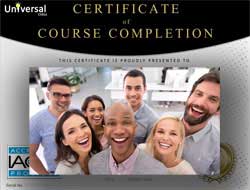
- Document Your Lifelong Learning Achievements
- Earn an Official Certificate Documenting Course Hours and CEUs
- Verify Your Certificate with a Unique Serial Number Online
- View and Share Your Certificate Online or Download/Print as PDF
- Display Your Certificate on Your Resume and Promote Your Achievements Using Social Media

Related Courses
-
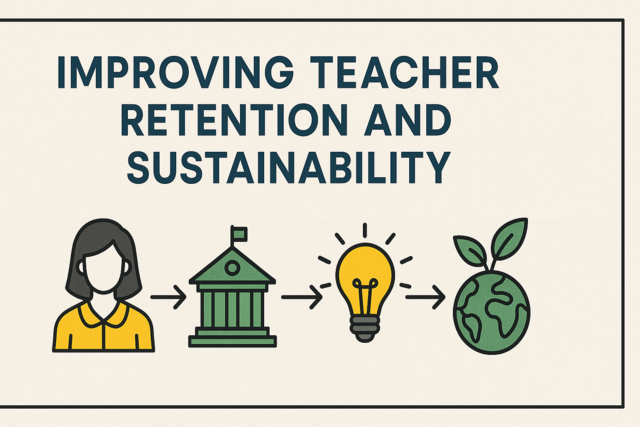 3 hours
0.3 CEUs
Improving Teacher Retention and Sustainability
+ More Info
3 hours
0.3 CEUs
Improving Teacher Retention and Sustainability
+ More Info
-
 7 hours
0.7 CEUs
Integrating Technology in Education
+ More Info
7 hours
0.7 CEUs
Integrating Technology in Education
+ More Info
-
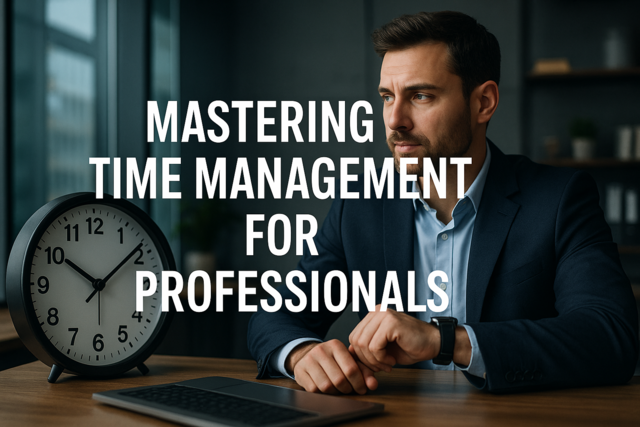 7 hours
0.7 CEUs
Mastering Time Management for Professionals
+ More Info
7 hours
0.7 CEUs
Mastering Time Management for Professionals
+ More Info
-
 6 hours
0.6 CEUs
Mysteries of Druidic Lore and Alchemical Practices
+ More Info
6 hours
0.6 CEUs
Mysteries of Druidic Lore and Alchemical Practices
+ More Info
-
 6 hours
0.6 CEUs
The Vogue of Now: An Insight into Modern Fashion Trends
+ More Info
6 hours
0.6 CEUs
The Vogue of Now: An Insight into Modern Fashion Trends
+ More Info
-
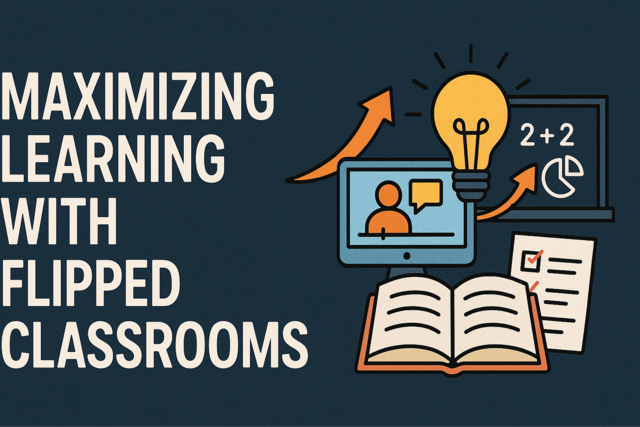 5 hours
0.5 CEUs
Maximizing Learning with Flipped Classrooms
+ More Info
5 hours
0.5 CEUs
Maximizing Learning with Flipped Classrooms
+ More Info
-
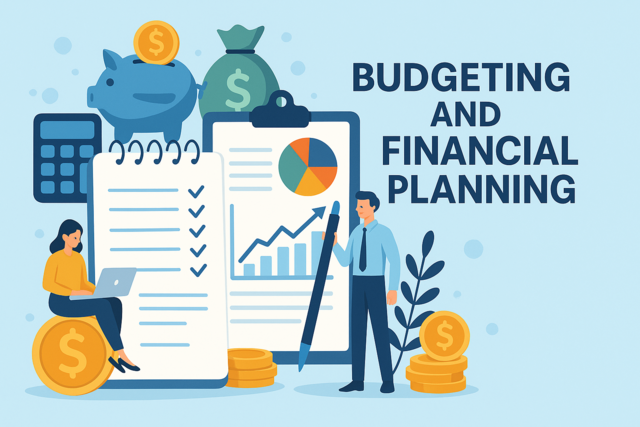 3 hours
0.3 CEUs
Budgeting and Financial Planning
+ More Info
3 hours
0.3 CEUs
Budgeting and Financial Planning
+ More Info
-
 5 hours
0.5 CEUs
Cosmic Anomalies: Unraveling Unsolved Astronomical Phenomenon
+ More Info
5 hours
0.5 CEUs
Cosmic Anomalies: Unraveling Unsolved Astronomical Phenomenon
+ More Info
-
 7 hours
0.7 CEUs
Stress Less: Mindful Techniques for Family Harmony
+ More Info
7 hours
0.7 CEUs
Stress Less: Mindful Techniques for Family Harmony
+ More Info
-
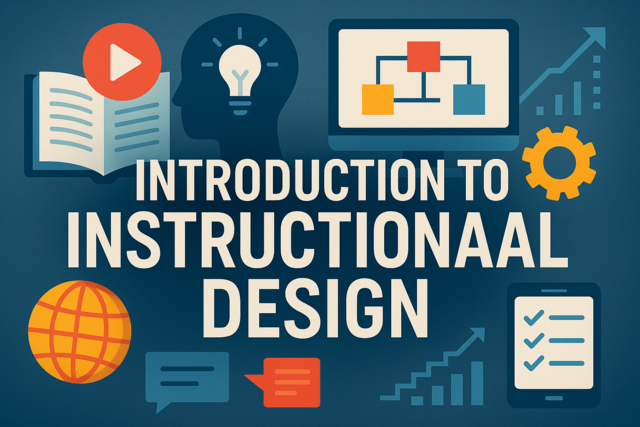 7 hours
0.7 CEUs
Introduction to Instructional Design
+ More Info
7 hours
0.7 CEUs
Introduction to Instructional Design
+ More Info
-
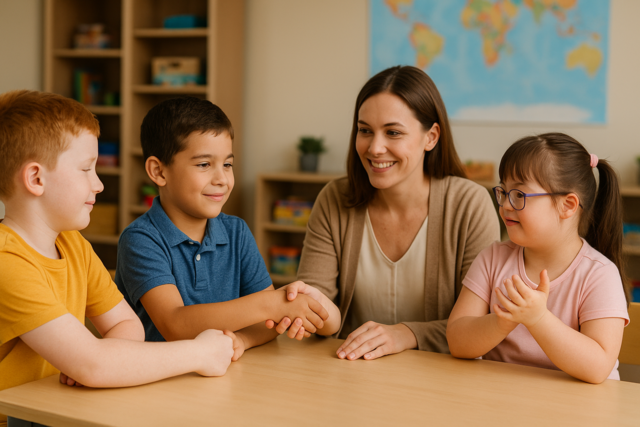 5 hours
0.5 CEUs
Promoting Social Skills in Special Education
+ More Info
5 hours
0.5 CEUs
Promoting Social Skills in Special Education
+ More Info
-
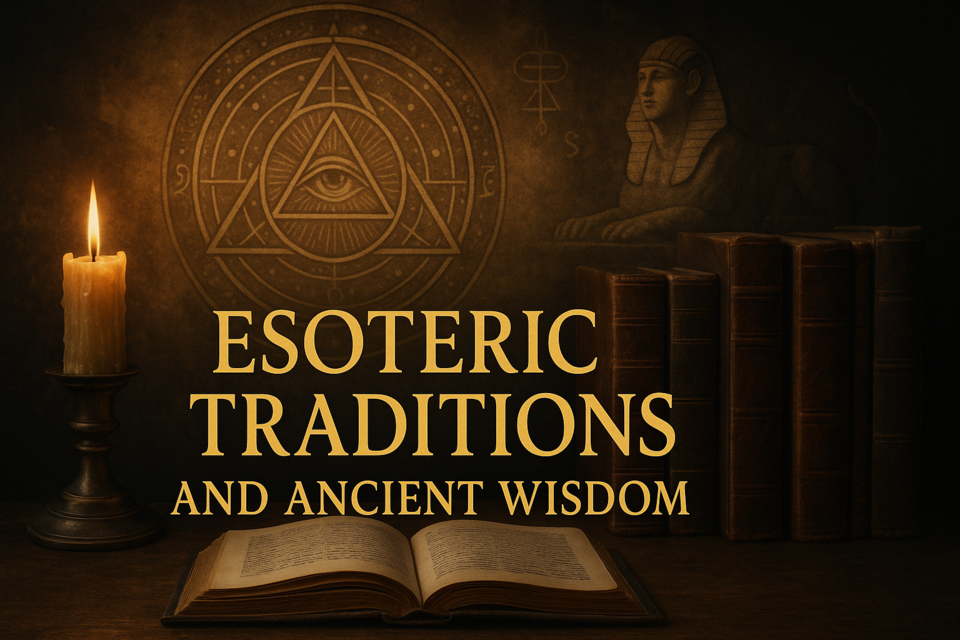 4 hours
0.4 CEUs
Esoteric Traditions and Ancient Wisdom
+ More Info
4 hours
0.4 CEUs
Esoteric Traditions and Ancient Wisdom
+ More Info
-
 4 hours
0.4 CEUs
Recognizing Hidden Trauma: Identifying Symptoms and Triggers
+ More Info
4 hours
0.4 CEUs
Recognizing Hidden Trauma: Identifying Symptoms and Triggers
+ More Info
-
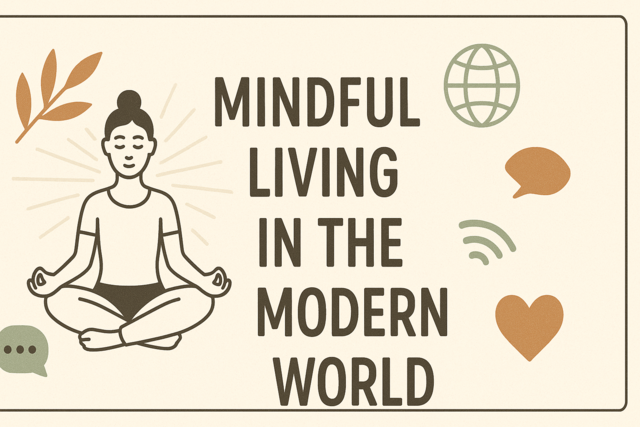 7 hours
0.7 CEUs
Mindful Living in the Modern World
+ More Info
7 hours
0.7 CEUs
Mindful Living in the Modern World
+ More Info
-
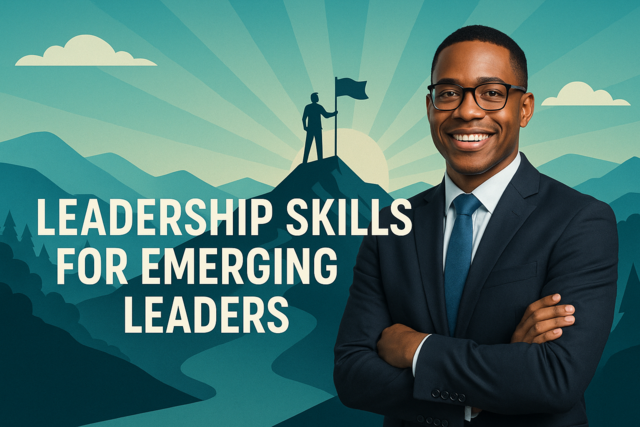 4 hours
0.4 CEUs
Leadership Skills for Emerging Leaders
+ More Info
4 hours
0.4 CEUs
Leadership Skills for Emerging Leaders
+ More Info
-
 7 hours
0.7 CEUs
Understanding Learning Disabilities: Strategies for Effective Teaching
+ More Info
7 hours
0.7 CEUs
Understanding Learning Disabilities: Strategies for Effective Teaching
+ More Info
-
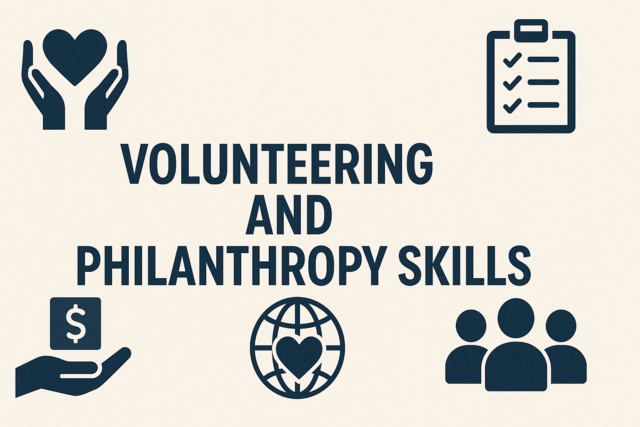 7 hours
0.7 CEUs
Volunteering and Philanthropy Skills
+ More Info
7 hours
0.7 CEUs
Volunteering and Philanthropy Skills
+ More Info
-
 5 hours
0.5 CEUs
Family Dynamics and Trauma: Unraveling the Impact on Relationships
+ More Info
5 hours
0.5 CEUs
Family Dynamics and Trauma: Unraveling the Impact on Relationships
+ More Info
-
 7 hours
0.7 CEUs
Healthy Lifestyle and Fitness Habits
+ More Info
7 hours
0.7 CEUs
Healthy Lifestyle and Fitness Habits
+ More Info
-
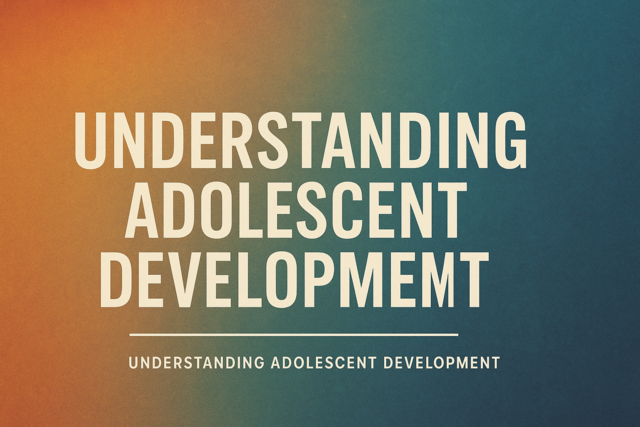 7 hours
0.7 CEUs
Understanding Adolescent Development
+ More Info
7 hours
0.7 CEUs
Understanding Adolescent Development
+ More Info
-
 4 hours
0.4 CEUs
Sound Healing: Vibrations for Wellness
+ More Info
4 hours
0.4 CEUs
Sound Healing: Vibrations for Wellness
+ More Info
-
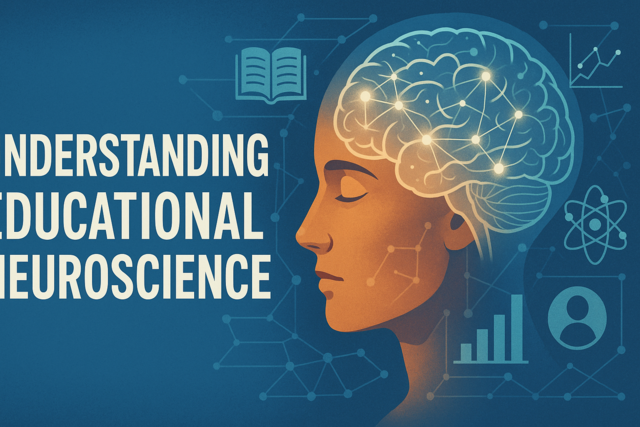 5 hours
0.5 CEUs
Understanding Educational Neuroscience
+ More Info
5 hours
0.5 CEUs
Understanding Educational Neuroscience
+ More Info
-
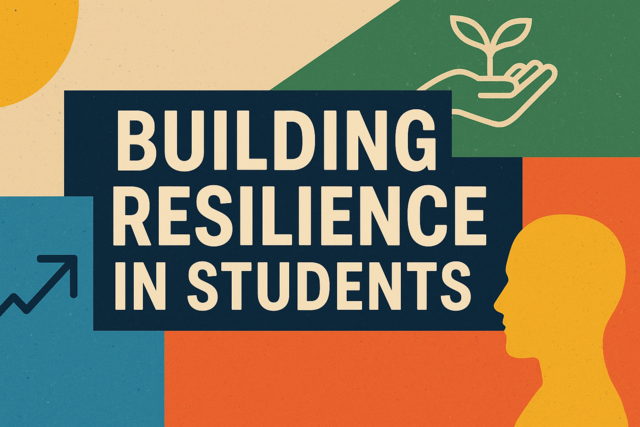 3 hours
0.3 CEUs
Building Resilience in Students
+ More Info
3 hours
0.3 CEUs
Building Resilience in Students
+ More Info
-
 6 hours
0.6 CEUs
Fabric of the Gods: Materials that Define Luxury
+ More Info
6 hours
0.6 CEUs
Fabric of the Gods: Materials that Define Luxury
+ More Info
-
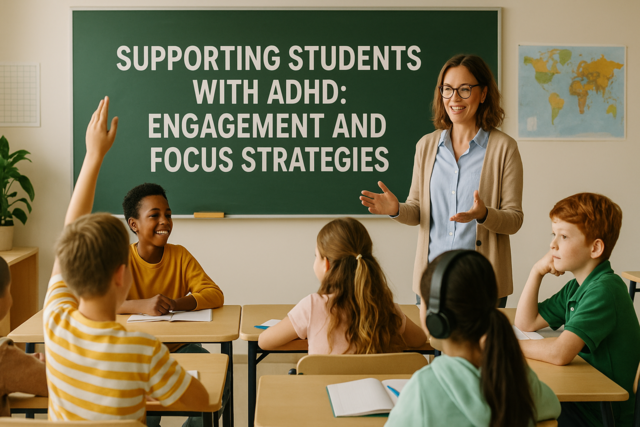 4 hours
0.4 CEUs
Supporting Students with ADHD: Engagement and Focus Strategies
+ More Info
4 hours
0.4 CEUs
Supporting Students with ADHD: Engagement and Focus Strategies
+ More Info
-
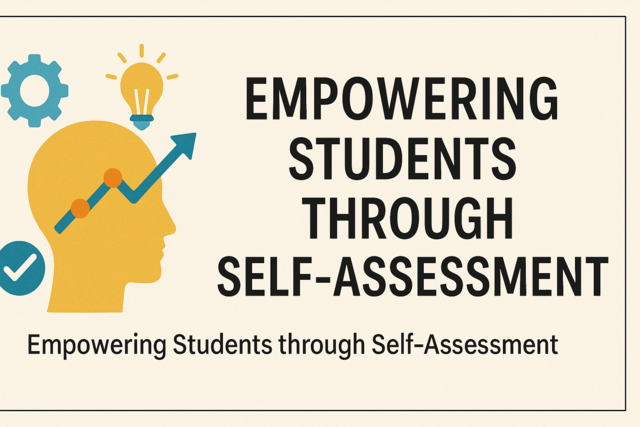 3 hours
0.3 CEUs
Empowering Students through Self-Assessment
+ More Info
3 hours
0.3 CEUs
Empowering Students through Self-Assessment
+ More Info
-
 4 hours
0.4 CEUs
Emergency Preparedness and Survival Skills
+ More Info
4 hours
0.4 CEUs
Emergency Preparedness and Survival Skills
+ More Info
-
 7 hours
0.7 CEUs
Building a Healthy Work Environment
+ More Info
7 hours
0.7 CEUs
Building a Healthy Work Environment
+ More Info
-
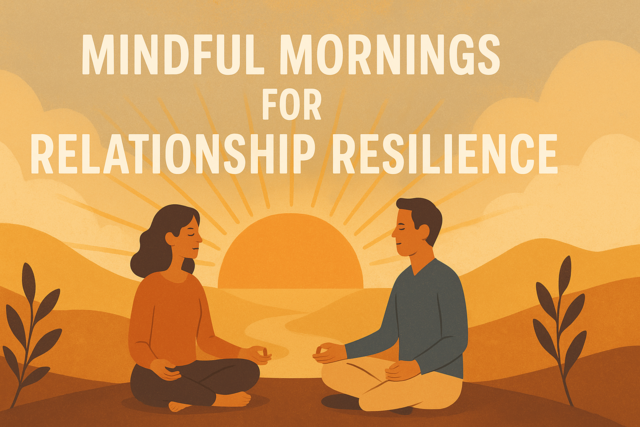 5 hours
0.5 CEUs
Mindful Mornings for Relationship Resilience
+ More Info
5 hours
0.5 CEUs
Mindful Mornings for Relationship Resilience
+ More Info
-
 4 hours
0.4 CEUs
Accident Investigation Techniques
+ More Info
4 hours
0.4 CEUs
Accident Investigation Techniques
+ More Info
-
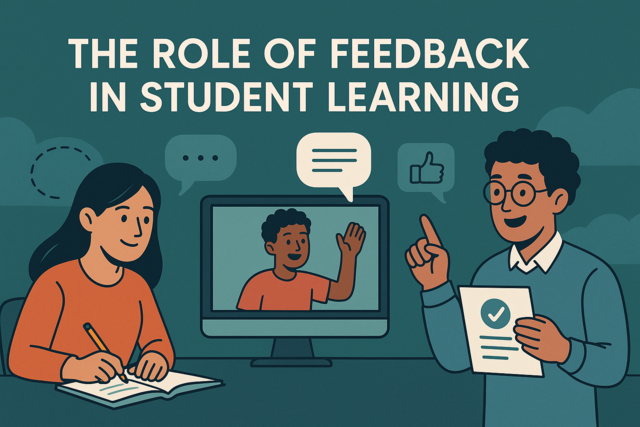 4 hours
0.4 CEUs
The Role of Feedback in Student Learning
+ More Info
4 hours
0.4 CEUs
The Role of Feedback in Student Learning
+ More Info
-
 5 hours
0.5 CEUs
Self-Discipline and Motivation Strategies
+ More Info
5 hours
0.5 CEUs
Self-Discipline and Motivation Strategies
+ More Info
-
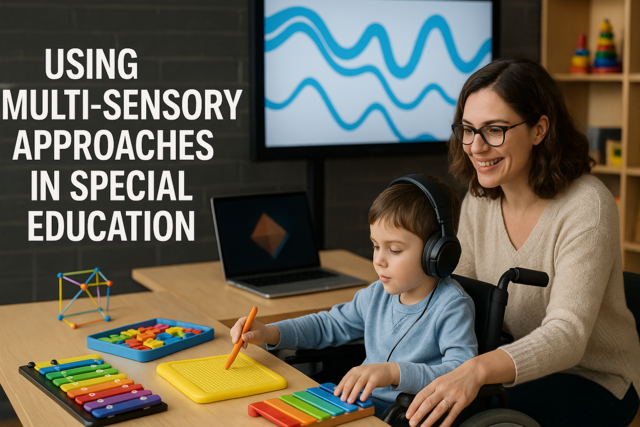 7 hours
0.7 CEUs
Using Multi-Sensory Approaches in Special Education
+ More Info
7 hours
0.7 CEUs
Using Multi-Sensory Approaches in Special Education
+ More Info
-
 3 hours
0.3 CEUs
Innovative Solutions for Business Growth
+ More Info
3 hours
0.3 CEUs
Innovative Solutions for Business Growth
+ More Info
-
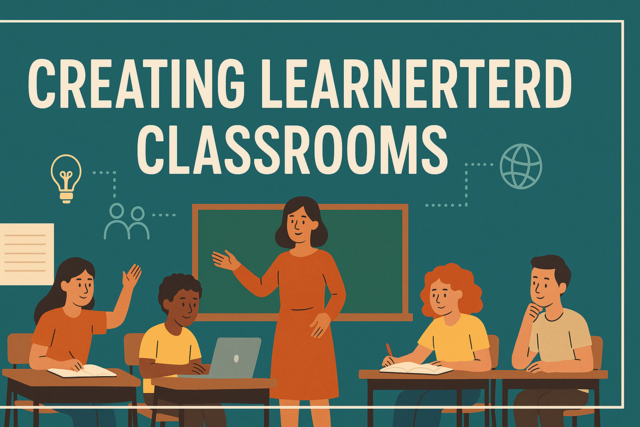 6 hours
0.6 CEUs
Creating Learner-Centered Classrooms
+ More Info
6 hours
0.6 CEUs
Creating Learner-Centered Classrooms
+ More Info
-
 5 hours
0.5 CEUs
Time Travel Mysteries and Paradoxes
+ More Info
5 hours
0.5 CEUs
Time Travel Mysteries and Paradoxes
+ More Info
-
 6 hours
0.6 CEUs
Introduction to Data Analytics
+ More Info
6 hours
0.6 CEUs
Introduction to Data Analytics
+ More Info
-
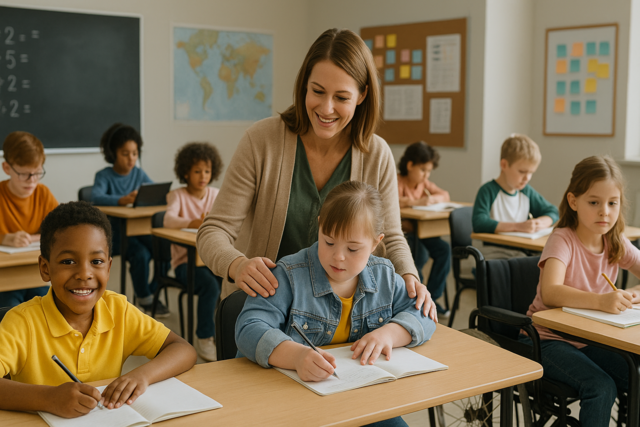 6 hours
0.6 CEUs
Supporting Students with Special Needs
+ More Info
6 hours
0.6 CEUs
Supporting Students with Special Needs
+ More Info
-
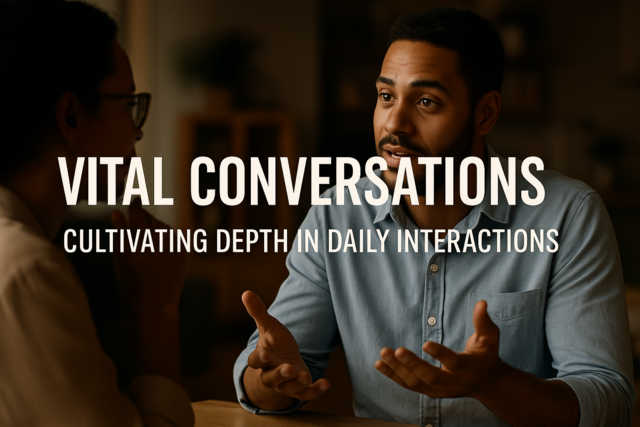 4 hours
0.4 CEUs
Vital Conversations: Cultivating Depth in Daily Interactions
+ More Info
4 hours
0.4 CEUs
Vital Conversations: Cultivating Depth in Daily Interactions
+ More Info


